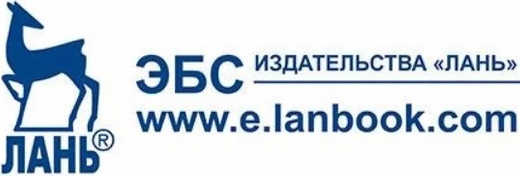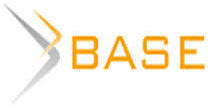THE USING OF ORTHOGONAL BASIS FOR THE STEGANOGRAPHIC CODING OF INFORMATION IN MULTIMEDIA
This article discusses methods for steganographic encoding additional information using three different orthogonal bases. The bases are represented by the functions, which occupies a different bandwidth in the spectrum. There are comparison of the approach to the definition of DCT-coefficients with the approaches used in the methods of the spread spectrum and subband projections. The approaches of the coefficients of the implementation to ensure secrecy by adaptive determination of their value are considered. However, their value is determined based on the energy structure of the segment of the speech signal. Criteria to evaluate steganographic encoding are the secrecy and accuracy of decoding control information. As the control information is a sequence of numbers in binary form. For the proposed principles of adaptation the results of numerical experiments the estimates that determine stealth: mean square error, the distance Itakura-Saito, correlation. In the computational experiments was found the probability of error for bits at different signal-to-noise ratio. The corresponding computational experiments were carried out for all outlined approaches.
















While nobody left any comments to this publication.
You can be first.